Full Guide To Rhodonite vs. Rhodolite (This Is The Difference)

Rhodonite and rhodolite are two beautiful stones that are often confused for each other. Not surprising because they can look somewhat similar.
Rhodolite is a garnet, while rhodonite is in the pyroxenoid family. Rhodonite is opaque with prominent veining, whereas rhodolite is translucent. Rhodolite is also one of the most expensive garnet species. They have similar metaphysical properties, but they are some differences too.
Below you’ll find a more comprehensive explanation of the (meta)physical differences between these stones.
Want more help or information? If you have any more questions after reading this blog post or want a personal answer for your specific situation, join the free Facebook group! We promise you’ll get an answer from either our team members or a community member.
Rhodonite vs. Rhodolite – How To Tell The Difference
We can distinguish these stones by looking at their color, clarity, and pattern.
Color
Rhodonite, also known as manganite, is generally rose pink or red. There are also some stones that are entirely black or even orange, but rhodonite is most often associated with the soft pink color. Apart from rhodolite, rhodonite can be easily mistaken for ruby because they can look similar.


Attribution: Rob Lavinsky, iRocks.com – CC-BY-SA-3.0
Rhodolite colors will vary from light red- to deep purple-red. This hue comes completely naturally and does not require any color enhancements. Note that the color saturation in these stones is an essential factor in terms of value, so beware of synthetic stones.
Pattern and Clarity
The most common rhodonite variety is opaque with black inclusions within the stone. The black inclusions result from the concentration of magnesium oxides within the stone. The transparent uniform pink type is scarce and thus the most sought-after. Rhodonite has a glassy luster and perfect cleavages at almost right angles.
A natural rhodolite is translucent with needle-like dark green veining that is not obvious to the human eye. Good quality rhodolites are radiant and clean-cut from all angles, but especially the top. Depending on the amount, the shape can be round, oval, or pear.


Colored gemstones are divided into one of three categories, based on their clarity. Type 1 is the clearest, and type 3 is the stones with many inclusions. Garnets are a type two, resulting in their value being measured by their transparency and natural color.
Composition
Rhodonite has high amounts of iron and manganese, which means it is is also easily magnetized to neodymium magnets. These elements cause the stone to have its beautiful pink color.
On the other hand, rhodolite is a variety of pyrope garnets. In terms of color, it looks like a mixture between almandine and pyrope. It is slightly more purple, but the higher amounts of magnesium than iron still cause this stone to be red.
Location
Rhodonite is rare but can be found in Peru, Argentina, Australia, and the Ural Mountains of Russia. Rhodolite was believed only to be found in Northern Carolina but can also be found in Kenya, Tanzania, and Srilanka.
Hardness
Rhodonite is softer compared to rhodolite. On the Mohs scale, a scale ranging from 1 to 10 that determines how hard a mineral is, rhodonite will score 5-6, while a rhodolite will score 7.5. Although rhodonite is a little softer stone, it is quite challenging to cut. Its lack of sectility makes it harder to be used in jewelry. However, as they are both above a 5, they can withstand water and salt, but not for too long. Both stones are quite durable and relatively immune to breakages and scratches.
Care
Rhodonite and rhodolite are best cleaned using a dry, soft cloth. If needed, they can be rinsed under water. Keep harsh chemicals, perfumes, and lotions away from these stones to avoid them becoming dull. Sudden temperature changes and high heat may deepen cracks in a rhodolite.
Keep both stones away from minerals that are harder than them to avoid scratching. For example, for rhodolite, this means storing it separately from topaz (8), sapphire (9), or emerald (7,5-8). Keep rhodonite away from these stones as well, but also be careful about quartz (7) or tourmaline (7).
To energetically cleanse the stones, they can be washed under a stream of water, buried in soil for at least 48 hours, or left to sit under sun or moon rays. They can also be cleansed by placing them on cleansing crystals, like selenite or clear quartz.


Rhodonite vs. Rhodolite – Properties
Healing Properties
Rhodonite and rhodolite share almost similar physical healing abilities. They are both garnets, after all. Rhodonite helps balance emotions and activates the heart chakra. The stone is also used to ground and stabilize energies. Rhodonites are also good at soothing and healing emotional wounds.
On the other hand, Rhodolite helps process traumatic experiences and cope with emotional afflictions. Rhodolite in ancient times was used as a talisman by Christians and Muslims for protection.
Chakra Association
A chakra is an energy center that governs certain aspects of our lives. We can use crystals to help us work with these energy centers.
To determine which crystal matches which chakra we can look at both the color and the properties.
- The root chakra is also known as the Muladhara. The root chakra is the chakra that defines our sense of stability and security. The color representing the chakra is black or red and is located at the end of the spine.
- The sacral chakra is also known as the Svadhisthana. The sacral chakra is related to our feelings and sexuality. The chakra is portrayed as orange in the color chart and is located below the belly button.
- Solar Plexus is also known as the Manipura. The chakra is located on the upper belly. The solar plexus is the powerhouse for the body’s energy and is portrayed in yellow.
- Heart Chakra is also known as the Anahata. The chakra is located in the heart area and is related to our emotional state and universal love. The heart chakra is represented by pink or green.
- Throat Chakra is also known as the Vishuddha. The throat chakra governs expression and communication located in the neck area, and the chakra is represented by blue.
- Third Eye Chakra is also known as Ajna. The chakra concerns psychic power and spiritual consciousness. The Ajna is located at the midpoint of the forehead and is represented by indigo.
- Crown Chakra is also known as Sahasrara. The crown chakra is the energy center that connects us to the angelic realms. The chakra is represented by white.
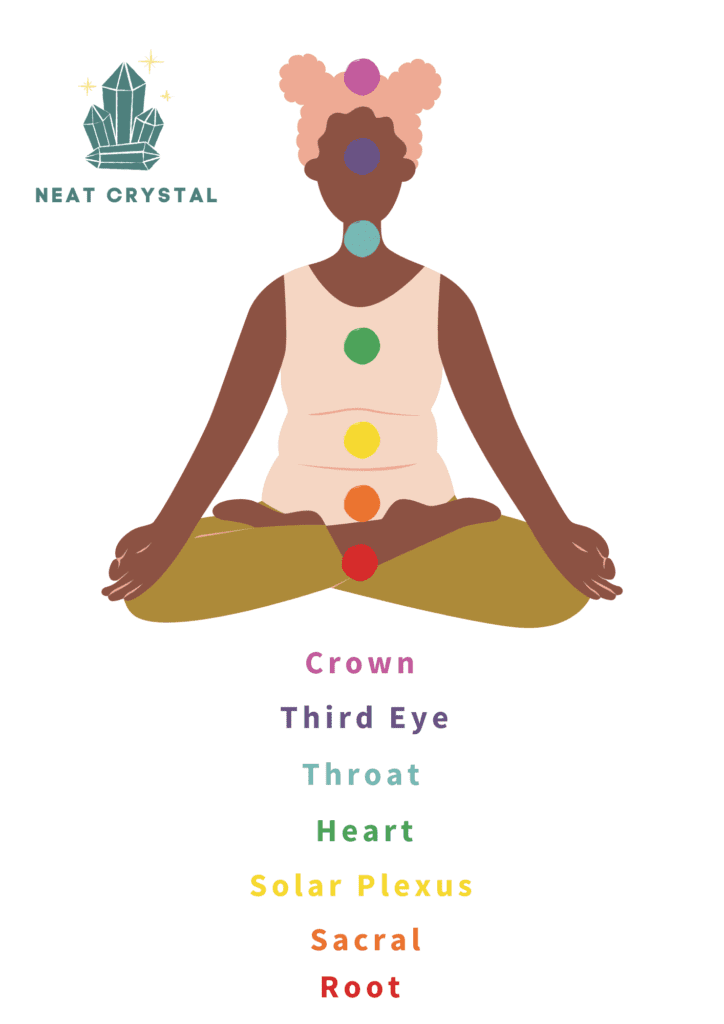
Rhodonite is a link between the heart and root chakra. A rhodonite stone can be worn daily for love and relationships. The pendant should touch the heart to enhance the heart’s energy. Rhodolite is closely related to the crown, heart, and base (root) chakra.
Elements
There is a close relationship between elements of nature, crystals, and the human body. Just like we could use crystals to work with our chakras, we can use them to work with the elements too. There are 5 elements in total:
- Earth is the territory of development and prosperity. Earth crystals draw money and sustain our strengths.
- Water is related to our empathy and impressions. Water crystals are effective in healing and cleansing capacities.
- Air represents our insight and mind’s power.
- Fire is the alteration element of nature with the ability to build and destroy.
- Akasha is the binding element and is seen as the foundation of the other four elements.
Rhodonite and rhodolite utilize the fire and earth elements of nature. The fire element is associated with power and protects the auras. The fire element is symbolic of passion, and freedom and stimulates the solar plexus and sacral chakras. On the other hand, the earth element is the component responsible for wealth and abundance and the stability of energies.


Numerology
Identifying stones that resonate with your wishes is essential. Apart from looking at chakras, zodiac signs, or elements, we can also look at the vibrations. Rhodonite vibrates at nine, while rhodolite vibrates at 1. Number 9 represents divinity, universal love, and karma. Seekers of wisdom and understanding can align and benefit from a rhodonite stone.
Ruling Planets and Zodiac Signs
Rhodonite is ruled by Venus, the planet that governs our creativity, productivity, and love. Under the rulership of Venus, rhodonite balances the masculine and feminine energies within the body. Planet Venus also rules over Taurus and Libra.
Rhodolite is governed by the planet Mars, responsible for our reactions and motivation. The sign that is ruled by Mars is Aries.
Additionally, with rhodonite and rhodolite being garnets, they can be a traditional, modern, and ayurvedic birthstone of January. As a result, they can be associated with Capricorns and Aquarius, born in that month.
Working with a crystal or gemstone associated with your zodiac sign helps you work through the challenges of that sign. For example, rhodolite helps Aries not to react when triggered.
Rhodolite vibrates at number 1, signifying the creation of new things. People who resonate with this number initiate change, follow their script and are the leaders in their circles. Rhodolite, therefore, helps people to let go of pride and arrogance.
Beware that the vibrational frequencies of crystals can only match your need when they are authentic stones.
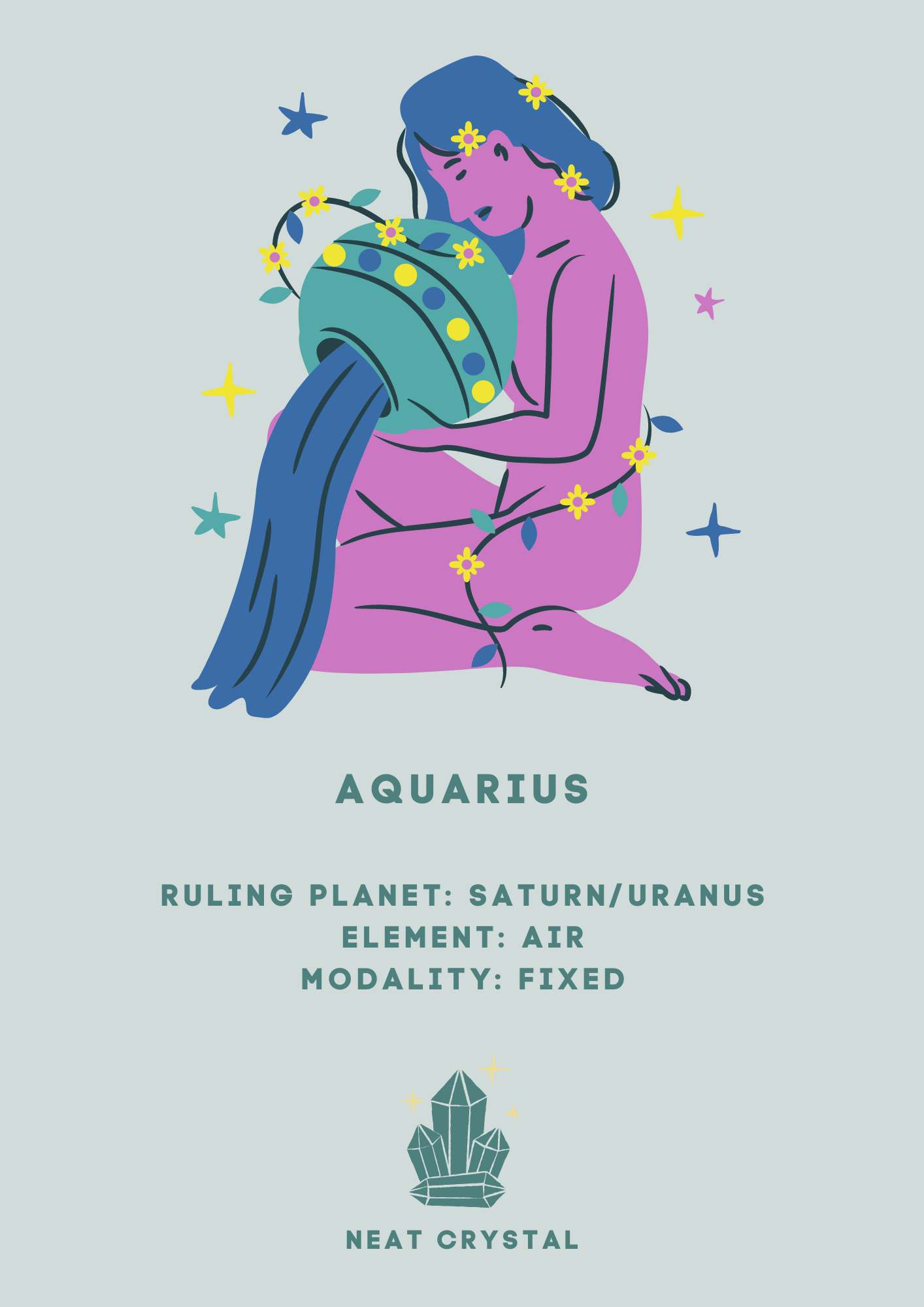




Best Combinations
To make the most out of crystals it is best to combine those with similar benefits. Most crystal pairings work. However, some crystals stand alone and have unique gifts as well.
Citrine, malachite, or topaz with rhodolite is an excellent combination to invite wealth and prosperity.
On the other hand, rhodonite works well paired with any other crystals that stimulate the heart, like emeralds and rose quartz, for healing your body and spirit.

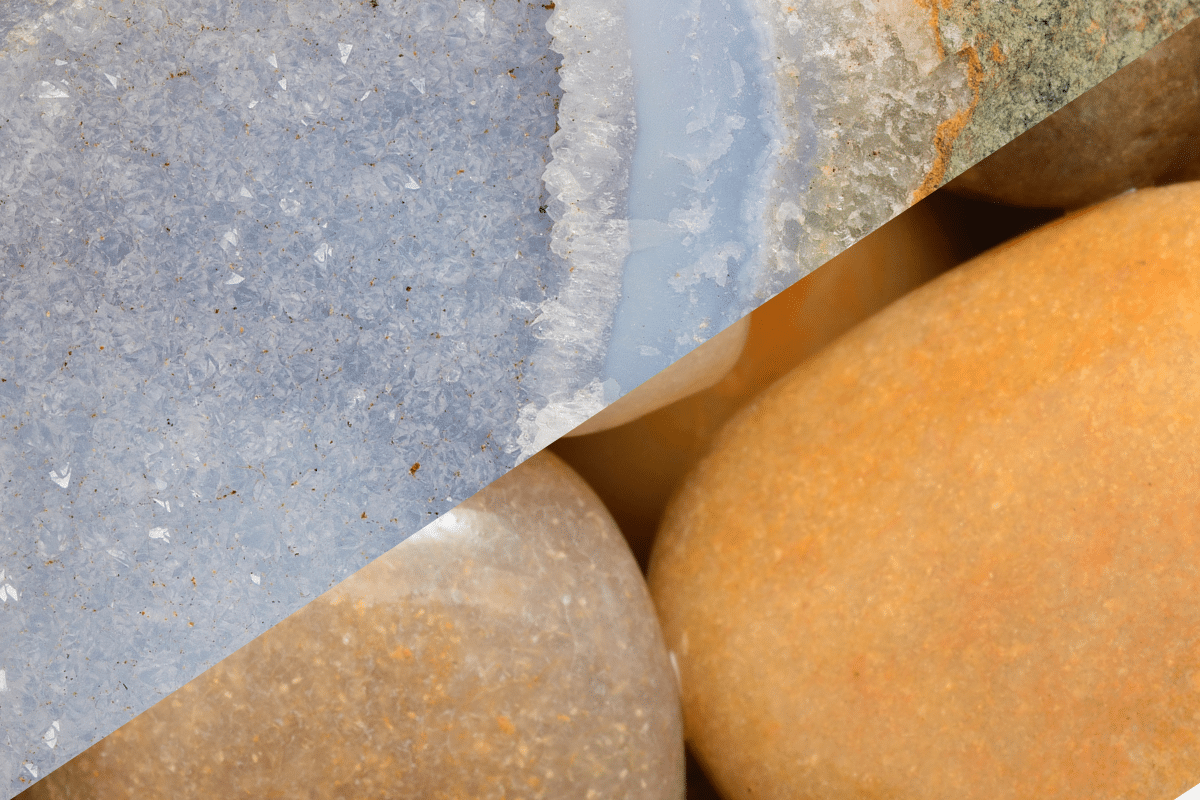
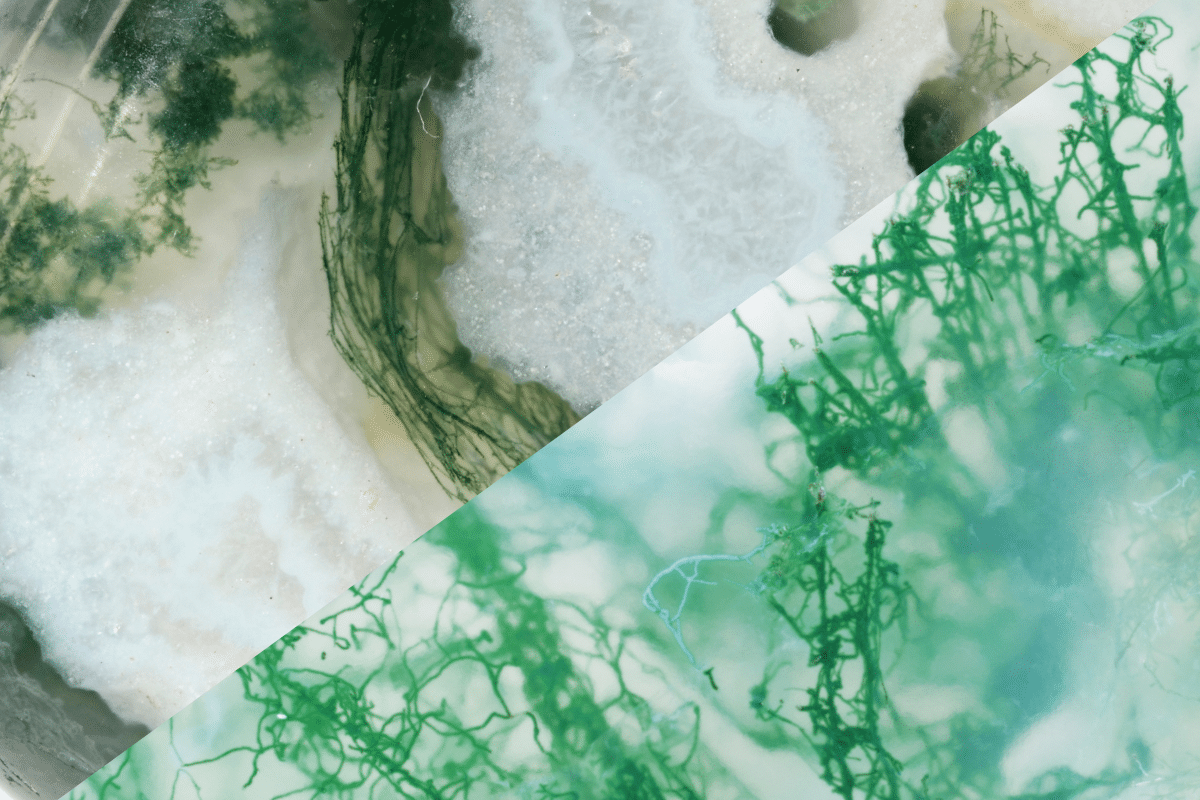
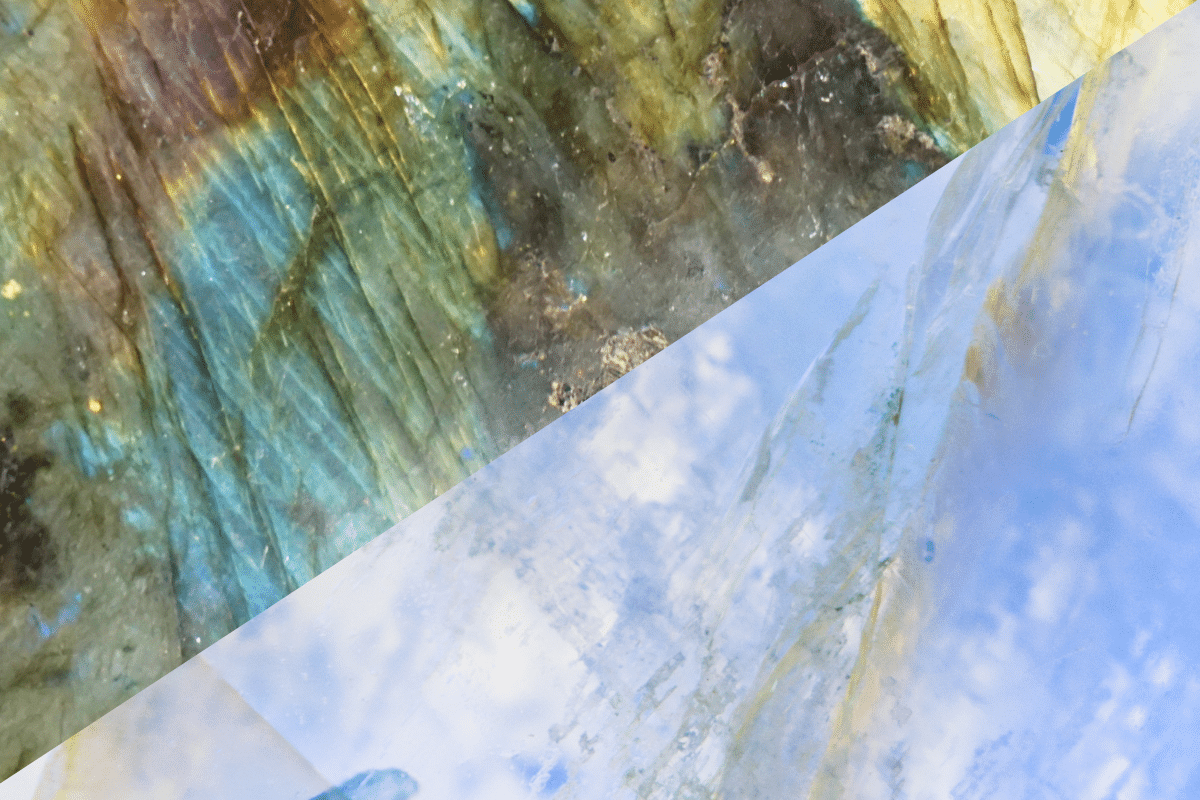
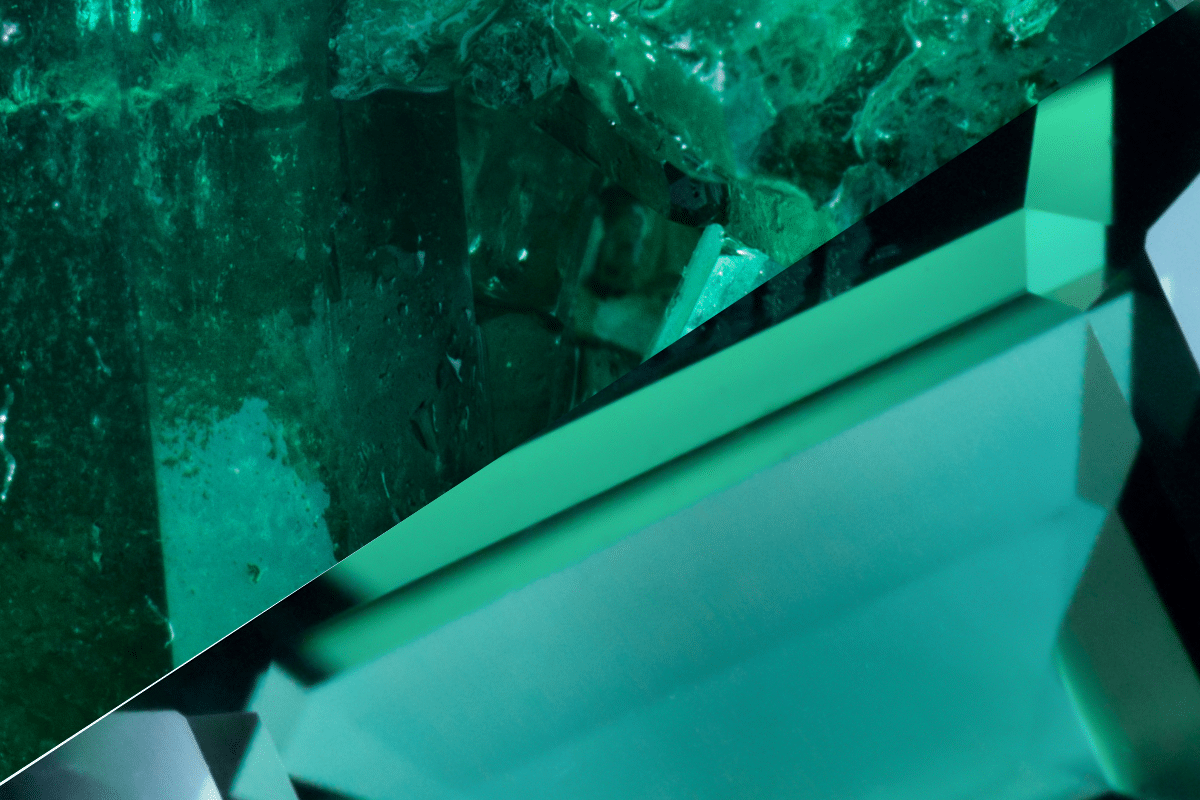
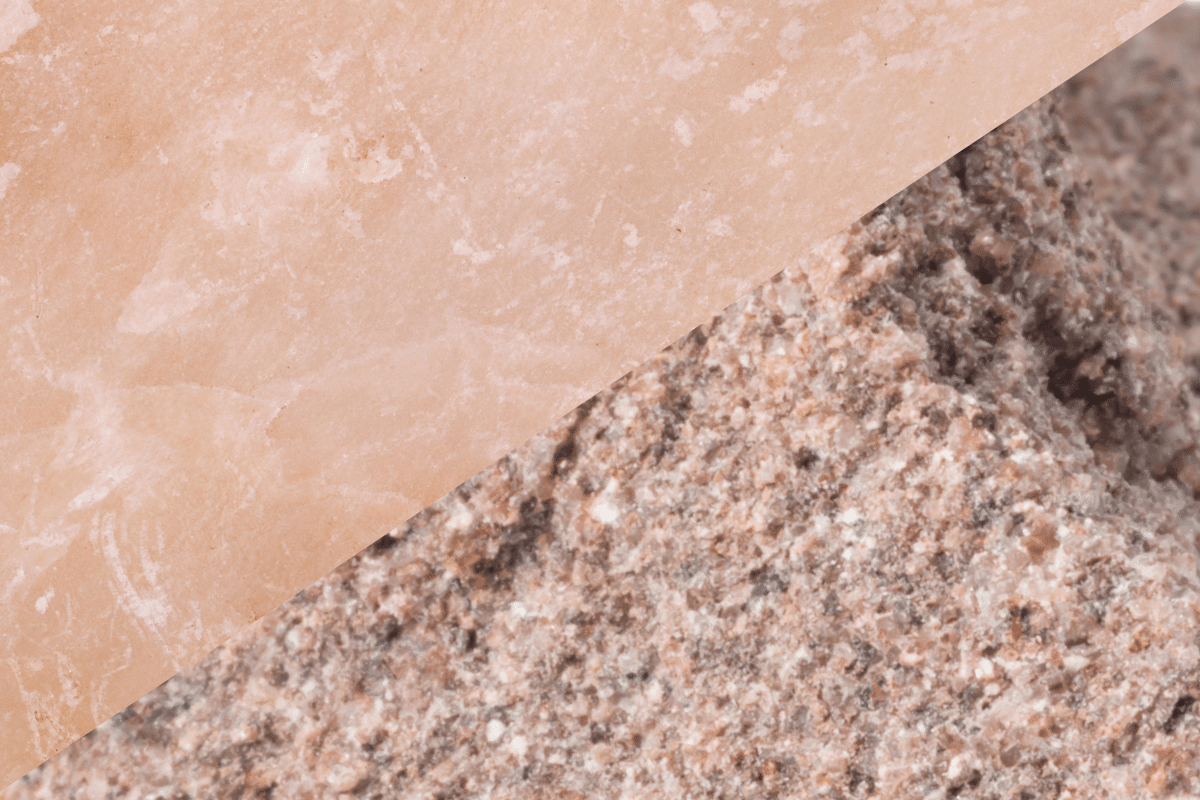
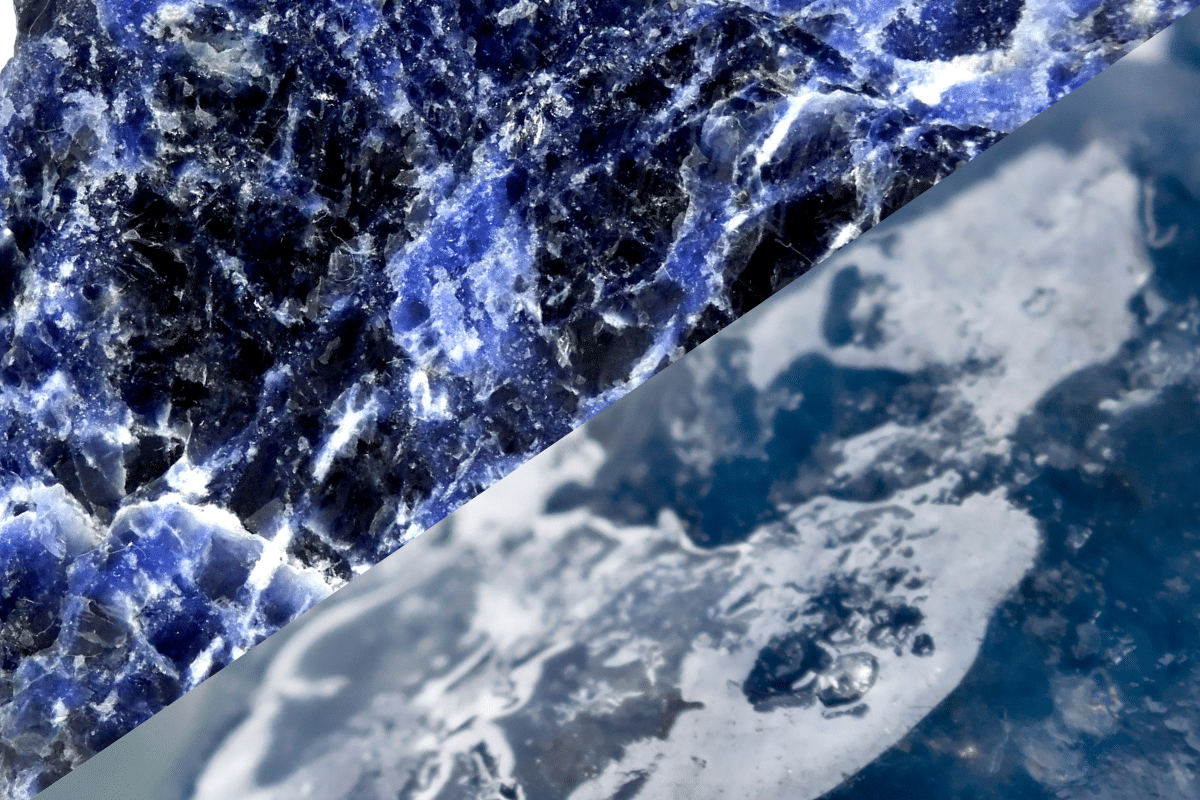
4 Comments